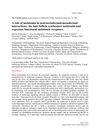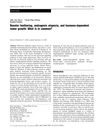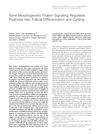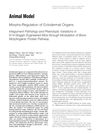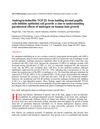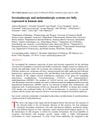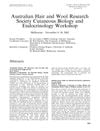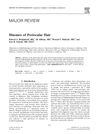Viewpoint 1
June 2006
in “
Experimental Dermatology
”
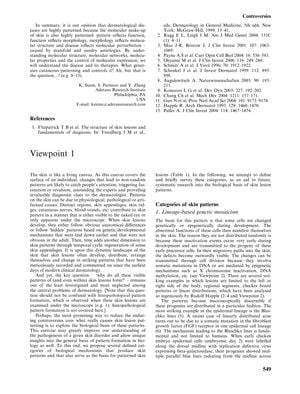
TLDR Understanding skin patterns can help us learn about skin diseases and their treatments.
The document from July 1, 2006, discusses the significance of understanding the patterned molecular makeup of the skin to better comprehend dermatological diseases and their treatments. It outlines various mechanisms that contribute to skin patterning, including genetic mosaicism, region-specific patterns, interactions with melanocytes, and hair cycle-based patterns. The authors emphasize that the patterns of skin lesions, such as those seen in alopecia areata and other conditions like acne and hirsutism, are influenced by factors like hair follicle cycling, hormonal changes during puberty, and environmental exposures. They suggest that studying these patterns can provide insights into the pathogenesis of skin disorders and general biological pattern formation. The research was supported by grants from NIAMS of NIH, USA, and BMBF and DFG, Germany.
